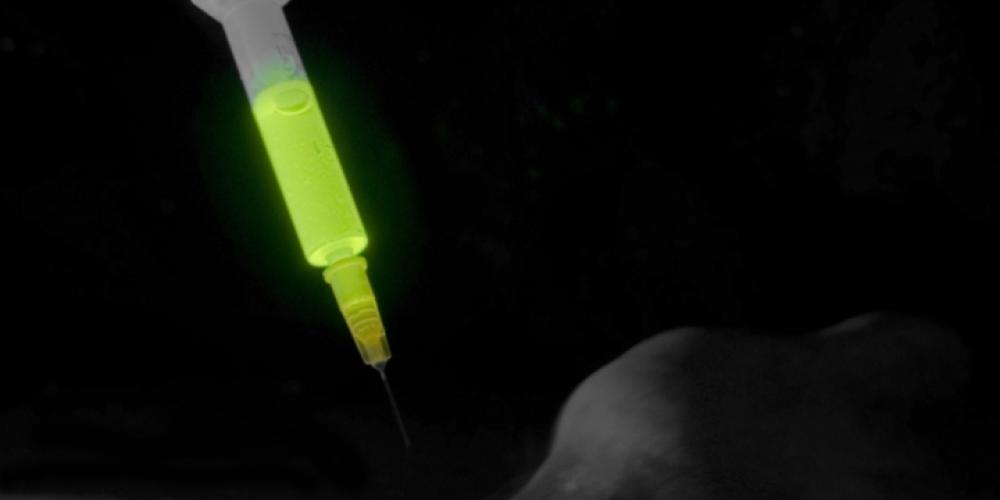
One of the main challenges during cancer surgery is the complete removal of the tumor while at the same time sparing as much healthy tissue around the cancerous growth. A promising technique to accomplish that is to ‘light up’ the tissue to be removed by so-called fluorescent nanobodies, small antibody fragments that can be isolated from camelike animals - another discovery of VUB, albeit some 25 years ago.
A multidisciplinary team headed by Sophie Hernot of VUB has recently shown through experimental surgery that this technology allows the removal of a significantly larger amount of tumor tissue when compared to conventional surgery. Furthermore the quantity of false-positive (or healthy) tissue that was removed, also decreases significantly. The remarkable results were published in the leading peer reviewed journal Molecular Imaging and Biology last November.
Better chances of survival, fewer side effects
It is the intention to effectively bring this new technology to patients in the coming years. Within the research group more studies are therefore conducted to provide a second generation of luminous nanobodies that can be utilised in a broad range of cancer surgeries. The researchers expect surgeons will be able to carry out more precise and thorough operations. ‘Our research has led to a fluorescent contrast liquid that enables surgeons to rapidly light up specific tumor growths during surgery, allowing the surgeon to precisely and in real-time assess what needs to be removed and what not,’ according to Hernot. ‘This not only leads to better survival rates, but also to fewer side effects and consequently a better overall quality of life for patients.’